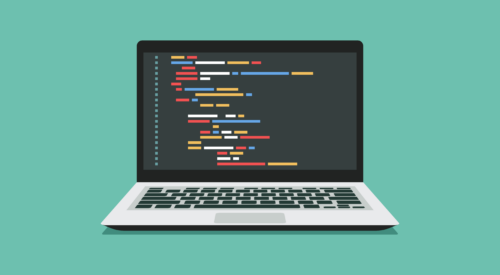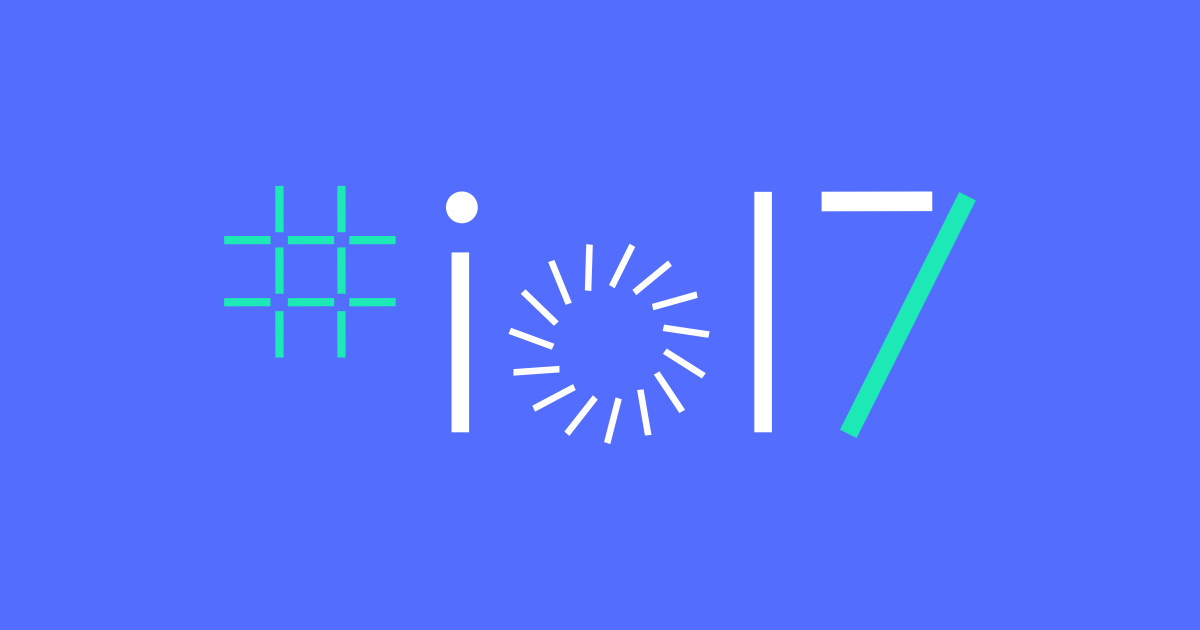
From Punched Cards to Prompts
AndroidIntroduction When computer programming was young, code was punched into cards. That is, holes were punched into a piece of cardboard in a format...

Google I/O’s 2017 keynote had a clear, unifying message: artificial intelligence and machine learning have arrived for everyone.
Juxtaposed with announcements of specialized, AI-focused data centers was a constant reminder that the work that Google is doing in artificial intelligence and machine learning can be condensed down to simple, everyday examples.
We saw how Google Lens can be used to contextually identify places and things.
We saw how advancements in Google Photos can help us automate sharing of photos with our friends and family.
And we saw how all of this (and more) is made possible at scale with the introduction of Cloud TPU and AutoML.
Last year’s Google I/O keynote introduced a series of products designed to embed Google’s services into your life (such as Home and Assistant), and this year’s keynote capitalized on that traction.
Google, Amazon, Apple and Microsoft continue to bolster their investments in conversational assistants, a competition that is driving innovation across the industry. Assistant can now be interacted with in text in addition to voice, and the Assistant SDK is now being opened up to third-party developers. We can’t wait to build more Actions for Google Home, and we look forward to teaching others to do the same. As the variety of Assistant interaction models grows, the message is clear: Assistant is the future of Google Search. And Assistant is now available on iOS, a shot across Siri’s bow.
While the keynote was light on hardware announcements, Google Home saw a number of software upgrades introduced.
Hands-free calling and enhanced entertainment options are crowd pleasers that add value when compared with Home’s competitors.
The biggest Google Home announcement, however, was “Proactive Assistance.”
In Proactive Assistance, Google Home now has something akin to a contextual notification, a concept that we haven’t seen much of in its competitors.
This is perhaps for good reason—notifications are very difficult to get right.
Too many, and your user is annoyed.
Too little, and your user doesn’t get information that they may want or need.
We’ll see how it plays out, but Google is betting that the Assistant’s contextual awareness of you will enable it to achieve a level of usefulness that outweighs the load of an added stimulus.
As an Android developer, I was most excited to see more of the enhancements coming down the pipeline for Android O and beyond. The Android O Developer Preview suggested a largely incremental update with enough niceties to form a collectively solid whole. In actuality, Google I/O 2017 brought the greatest nicety of all: first-party Kotlin support! We’ve been using Kotlin in our internal applications since 2015 and have fallen in love with the language. We can’t wait to write more Kotlin applications for our clients and teach you to do the same.
Outside of the introduction of a new language and improved developer tools, Android O brings a number of optimizations to the core of Android.
Security is a key focus in Android O, represented in part by the introduction of Google Play Protect.
Significant performance optimizations have been made across the board, including halved boot times and more opinionated rules around background services to protect battery life.
All of the optimizations introduced can be summed up in the introduction of Android Go.
Android has now reached two billion monthly active users, in large part due to “emerging markets” such as China and India.
Those markets have in fact emerged; they’re a priority today, not tomorrow.
Android Go is a lightweight variant of Android focusing on running on less powerful devices than it ever has before.
Big Nerd Ranch is happy to help get your application down to a size and performance level that will earn it the Android Go seal of approval.
This year’s Google I/O was a hopeful expression of the potential of Google’s work over the past few years.
Android runs more performantly on more devices than ever before, bringing applied computer vision and more to the palm of your hand.
Advancements are being made in artificial intelligence and machine learning everyday, and Google has invested in articulating meaningful impacts for our everyday lives.
Let’s see where this next chapter of computing takes us.
We’re looking forward to working with the many great new things from Google I/O 2017, and we want to share them with you in our training and client app development. Fill out this form and we’ll be in touch with updates.
Learn more about what Kotlin means for your Android apps. Download our ebook for a deeper look into how this new first-party language will affect your business.

Introduction When computer programming was young, code was punched into cards. That is, holes were punched into a piece of cardboard in a format...

Jetpack Compose is a declarative framework for building native Android UI recommended by Google. To simplify and accelerate UI development, the framework turns the...

Big Nerd Ranch is chock-full of incredibly talented people. Today, we’re starting a series, Tell Our BNR Story, where folks within our industry share...